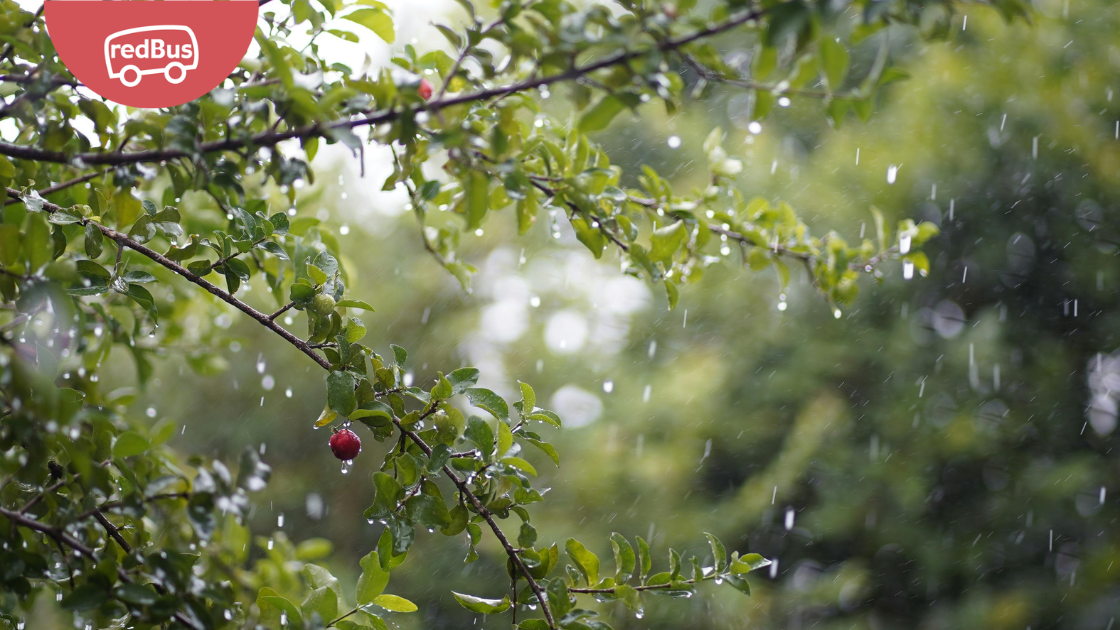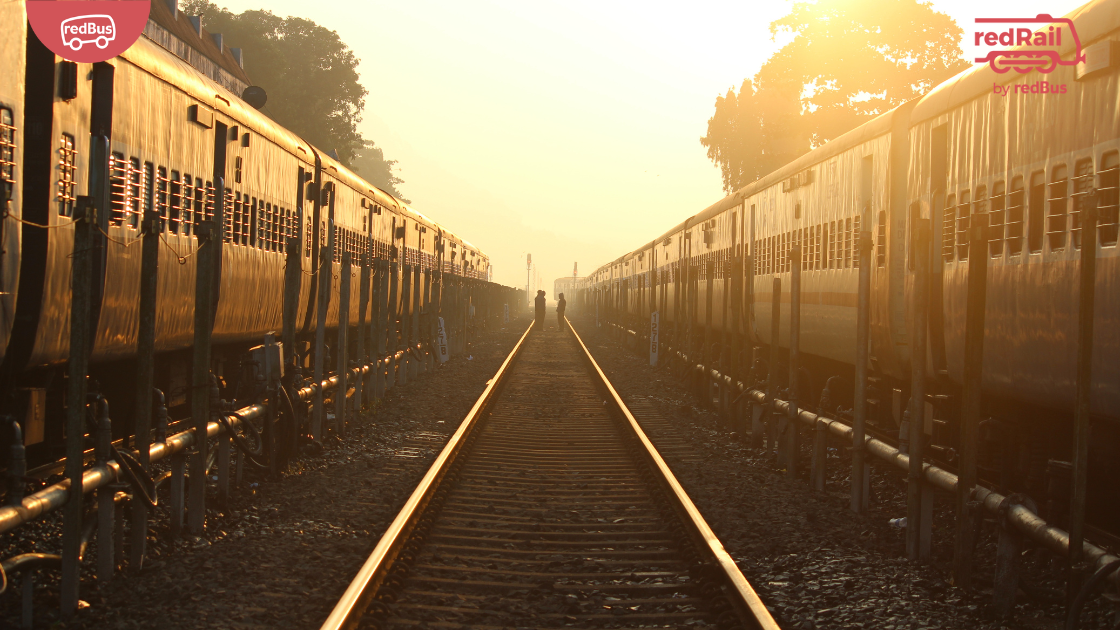Old Delhi Railway Station located in the heart of the bustling Old Delhi area, this station is not just a transit hub but a testament to India’s rich history and its ever-evolving rail network. In this blog, I’ll take you on a journey through the fascinating story of the Old Delhi Railway Station.
A Historical Perspective
Stepping into the Old Delhi Railway Station feels like stepping back in time. It’s not just a railway station; it’s a living monument that has witnessed the changing tides of history. Established in 1864 during British colonial rule, it was originally named “Lahore Railway Station” as it served as a major terminus for trains heading towards Lahore (now in Pakistan).
The architecture of the station reflects the Mughal and British colonial influences, with its red sandstone façade and intricate designs. The station’s grandeur is a testament to the British vision of creating a railway network that would connect India from north to south, east to west.
A Melting Pot of Cultures
As you walk through the bustling platforms of the Old Delhi Railway Station, one thing becomes abundantly clear – it’s a melting pot of cultures. Passengers from all walks of life, speaking different languages and hailing from various corners of India, converge here for their journeys.
The station is not just a transit point but a microcosm of India itself. You can find vendors selling a myriad of street food, from spicy chaats to mouthwatering kebabs. The aroma of freshly brewed chai (tea) mingles with the scent of incense offered at the nearby temple, creating a sensory experience like no other.
A Gateway to Heritage
Old Delhi itself is steeped in history, and the railway station is a gateway to some of the city’s most iconic heritage sites. Just a stone’s throw away is the majestic Red Fort, a UNESCO World Heritage Site and a symbol of India’s rich past. The Jama Masjid, one of India’s largest mosques, is also nearby, offering a glimpse into the architectural brilliance of the Mughal era.
For history enthusiasts like me, the Old Delhi Railway Station is not just a destination but a starting point for exploring the treasures of the past. It’s a place where history and modernity coexist harmoniously.
A Hub of Connectivity
The Old Delhi Railway Station is not just a local station; it’s a crucial hub of connectivity. It serves as a major junction connecting various parts of North India. Trains departing from here connect passengers to destinations as far as Amritsar in the north and Kolkata in the east.
One of the most popular train routes from this station is the Delhi-Howrah route, connecting the capital city with Kolkata, often referred to as the “City of Joy.” This route has been traversed by numerous iconic trains like the Howrah Rajdhani Express and the Duronto Express.
10 Popular Train Routes from Old Delhi Railway Station
Here are 10 popular train routes that originate from or pass through the historic Old Delhi Railway Station:
- Delhi to Agra: The Delhi-Agra route is famous for connecting travelers to the iconic Taj Mahal. Trains like the Gatimaan Express and Taj Express provide a comfortable and quick journey between these two cities.
- Delhi to Jaipur: This route connects the capital city with the Pink City of Jaipur. Trains like the Shatabdi Express and Jaipur Double Decker offer a convenient way to explore Jaipur’s rich cultural heritage.
- Delhi to Amritsar: The Delhi-Amritsar route takes you to the Golden Temple and Wagah Border. Trains like the Amritsar Shatabdi and Swarna Shatabdi provide a fast connection between these two cities.
- Delhi to Varanasi: Travelers can explore the spiritual city of Varanasi via trains like the Kashi Vishwanath Express and Varanasi Shatabdi, which run between Old Delhi and Varanasi Junction.
- Delhi to Lucknow: The journey from Delhi to Lucknow offers a blend of history and culture. Trains like the Lucknow Mail and Gomti Express connect these two cities efficiently.
- Delhi to Chandigarh: Chandigarh, known for its well-planned architecture, is accessible from Old Delhi through trains like the Shatabdi Express and Himalayan Queen.
- Delhi to Kolkata: The Howrah Rajdhani Express and Duronto Express connect Delhi with Kolkata, offering a long but comfortable journey to the City of Joy.
- Delhi to Haridwar/Rishikesh: Pilgrims and tourists heading to the holy cities of Haridwar and Rishikesh often take trains like the Haridwar Mail and Mussoorie Express from Old Delhi.
- Delhi to Jammu: The Shalimar Express and Shalimar Express (Deluxe) provide connections to Jammu, a gateway to the scenic state of Jammu and Kashmir.
- Delhi to Bikaner: Bikaner in Rajasthan is accessible via trains like the Bikaner Express and Delhi Sarai Rohilla Bikaner SF Express, allowing travelers to explore the desert landscapes and cultural heritage of this region.
The Chaos and Charm
If I were to describe the Old Delhi Railway Station in two words, it would be “chaotic charm.” The constant hustle and bustle, the cacophony of vendors announcing their wares, and the flurry of passengers rushing to catch their trains create an atmosphere like no other.
Yet, amid the chaos, there’s an undeniable charm that captivates anyone who sets foot here. It’s a place where time seems to slow down, allowing you to soak in the essence of India’s diversity and energy.
Modernization and Upgrades
In recent years, the Indian Railways has undertaken several initiatives to modernize and upgrade the Old Delhi Railway Station. This includes the introduction of state-of-the-art facilities, better passenger amenities, and improved connectivity. The station now boasts Wi-Fi services, clean waiting areas, and advanced security measures, making the passenger experience more comfortable and secure.
Conclusion
As I conclude this journey through the Old Delhi Railway Station, I can’t help but feel a sense of nostalgia and admiration for this historic transit hub. It’s not just a place where trains come and go; it’s a living embodiment of India’s past, present, and future.
If you ever find yourself in Delhi, make sure to visit the Old Delhi Railway Station, even if you’re not catching a train. It’s an experience that will leave an indelible mark on your memory, just as it has on mine.










